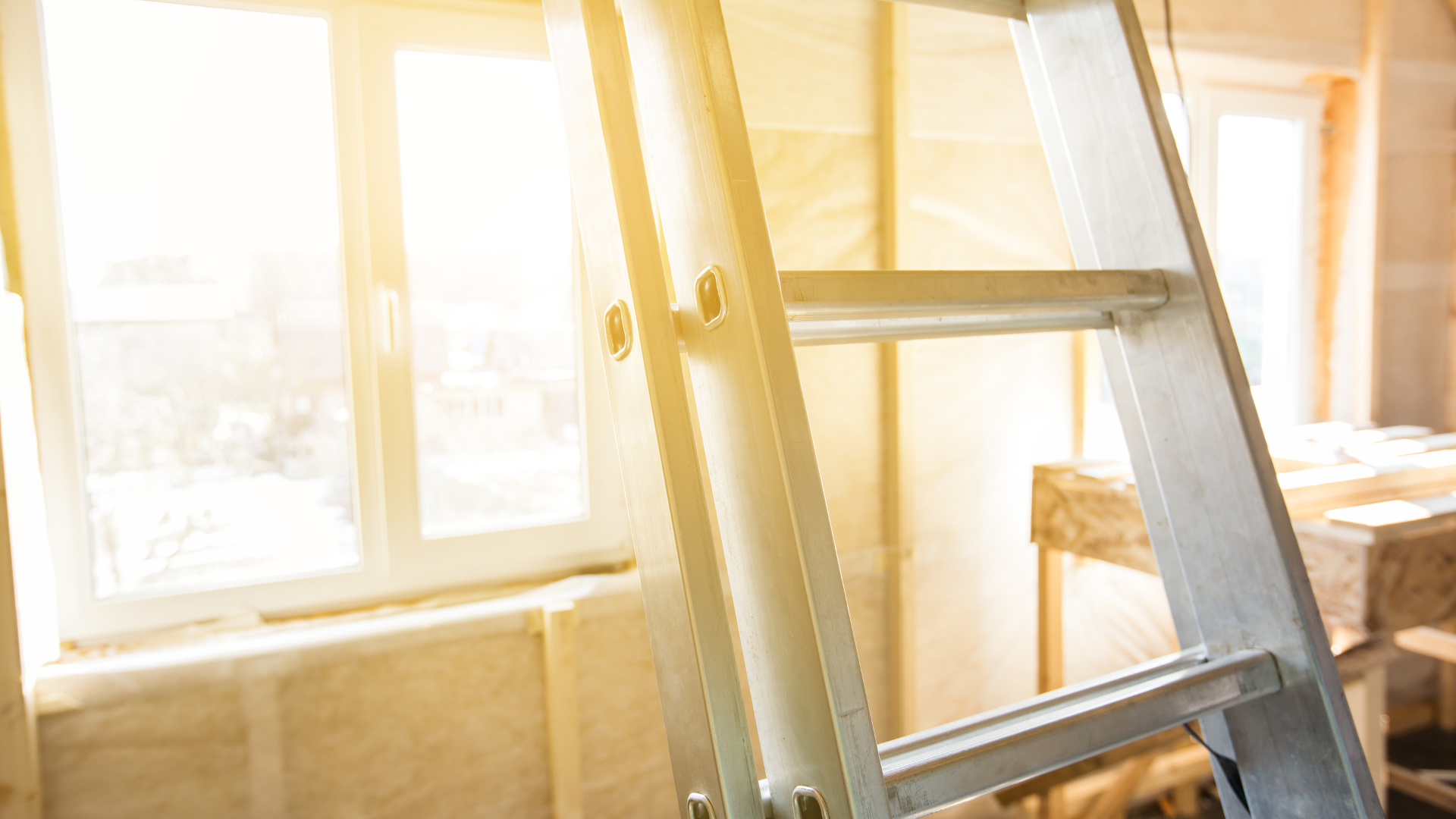When constructing a sturdy roof system, there’s more to it than just the right material. Enter roofing battens, which provide the needed support and protection. These often-overlooked components maintain the structural integrity of your roof. But in this guide, we will focus on one of their critical aspects: their sizes.
Join us as we explore the pros and cons of different dimensions. Plus, we’ll provide invaluable tips to help you choose the perfect fit for your unique needs!
What Are Roof Battens?
As mentioned in our “What Are Roofing Battens?” guide, these long, thin strips of wood are installed horizontally across the rafters. Usually made of timber (e.g., hardwood), steel and PVC, they create a secondary framework for the roof to rest upon.
Moreover, timber roof battens allow for even distribution across the structure, preventing sagging. The gap they establish between the covering and the underlying deck ensures ventilation. Adequate airflow helps regulate temperature, prevent moisture buildup and mould growth.
The function of a treated batten doesn’t stop there. It also acts as a barrier against water ingress, keeping rainwater at bay. Overall, this makes battens indispensable in modern roofing systems.
Factors Influencing Roof Batten Sizes
Selecting the appropriate batten size is influenced by several factors. To start, the type of roofing material used. Heavier materials, e.g. slate, need larger and more robust battens to support their weight. Conversely, lightweight materials, such as asphalt shingles, can utilise smaller timber strips support.
The slope of the roof also plays a significant role. Steeper designs require larger slate battens to accommodate the increased gravitational forces. In contrast, smaller ones for low-slope roofs to maintain the angle for water drainage.
Local building codes and regulations further influence batten roof size selection. Building authorities often dictate minimum standards for dimensions. Complying with these codes is essential to pass inspections. Plus, this guarantees the roof’s long-term stability.
Standard Roof Batten Size Options
In residential and commercial construction, the sizes vary. Here’s a list of the most common roof batten measurements:
- 1×2 Inches (25x50mm): Ideal for lightweight roofing materials like metal sheets. Also, suitable for roofs with a gentle slope.
- 1×3 Inches (25x75mm): Recommended for medium-weight materials like concrete tiles and cedar shakes. Used in moderately pitched roofs.
- 1×4 Inches (25x100mm): A versatile option for a wide range of roofing materials. Often used on roofs with steeper slopes.
- 2×2 Inches (50x50mm): Recommended for heavy materials such as slate tiles. Provides robust support for roofs with considerable weight.
- 2×3 Inches (50x75mm): Suitable for large commercial roofs with diverse material options.
- 2×4 Inches (50x100mm): The go-to choice for massive commercial roofing projects. Often those with heavy tile batten or metal roofing requirements.
Pros and Cons of Different Roof Batten Sizes
Choosing the right dimension is crucial. Larger battens offer increased support and ventilation but may come at a higher cost. Meanwhile, smaller types are more economical but may compromise ventilation and wind resistance.
Advantages of smaller roof battens
- Cost-effective option for lightweight roofing materials.
- Easier and quicker installation due to lighter weight.
Disadvantages of smaller roof battens
- Reduced ventilation, potentially leading to moisture problems.
- Less resistance to wind uplift, especially in regions prone to strong winds.
Advantages of larger roof battens
- Enhanced structural support for heavier roofing materials.
- Increased airflow and ventilation, reducing moisture-related issues.
- Improved resistance to wind uplift due to better fastening capabilities.
Disadvantages of larger roof battens
- Higher material cost compared to smaller battens.
- More substantial weight may necessitate additional structural reinforcement.
Balancing these factors ensures optimal roof structure and performance for specific roofing projects.
Installation Tips for Roof Battens
To ensure the proper installation of roof battens, follow these practical tips:
- Spacing: Maintain consistent spacing between battens to distribute the roof load evenly. Typically, aim for 2 to 4 feet (60 to 120 cm) intervals, depending on the roofing material and local building codes.
- Fastening: Use appropriate fasteners like nails or screws designed for roofing applications. Securely attach battens to rafters or trusses to prevent movement over time.
- Alignment: Ensure all battens are aligned perpendicular to the roof’s ridge. This helps maintain a uniform appearance. Plus, it facilitates the proper installation of the roofing material.
Discover comprehensive installation instructions in our in-depth guide to installing roof battens. Unlock valuable insights and step-by-step procedures for a successful roofing project.
Round-up
As you embark on your roofing journey, remember to choose the right batten size, as well as:
- follow proper installation practices
- consult with timber for roofing professionals like TimberX if needed
With this guide, you can confidently create a reliable roofing system. For your timber for construction needs, get a quote from our experts to get started!
Read next: What Is Shiplap Cladding?
